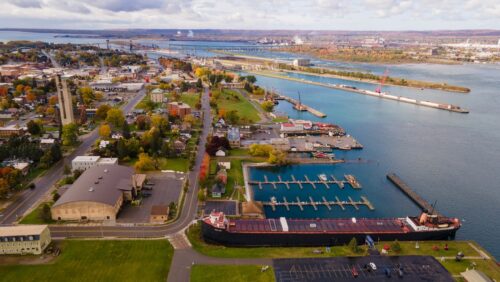Immigrants integrate into U.S. society over time and they contribute to the U.S. economy. These crucial yet often-overlooked facts are illustrated well by the Pew Hispanic Center’s latest statistical profile of the foreign-born population. According to Pew’s analysis of Census data, most immigrants have been here for more than a decade, and the longer they have been here, the more likely they are to have become homeowners and learned English. Moreover, growing numbers of immigrants are becoming U.S. citizens, which translates into growing political clout. The Pew data also show the degree to which immigrants fuel labor-force growth and fill valuable roles in the economy as workers in both high-skilled and less-skilled occupations. In short, immigrants are integral to the nation’s social and economic fabric.
- The majority of immigrants are not newcomers to this country. As of 2010, just under two-fifths (38.2 percent) of the nation’s 39.9 million immigrants had come to the United States before 1990, while more than a one-quarter (27.1 percent) had arrived during the 1990s. Just over one-third (34.7 percent) had come in 2000 or later {Figure 1}.

- The longer immigrants are here, the more likely they are to own a home. As of 2010, only one-quarter (24.9 percent) of foreign-born heads of households who arrived in the country in 2000 or later owned their own home. But this rose to nearly half (49.1 percent) of those who arrived during the 1990s and more than two-thirds (67.4 percent) of those who arrived before 1990 {Figure 2}.

- The longer immigrants are here, the more likely they are to speak English well. As of 2010, a little over one-third (36.3 percent) of immigrants who had arrived in the country in 2000 or later spoke English “very well” or spoke only English at home. That share rose to more than two-fifths (44.9 percent) among those you arrived during the 1990s, and nearly three-fifths (56.3 percent) among those who arrived before 1990 {Figure 3}.

- Immigrants are becoming naturalized U.S. citizens in large numbers. Between 2000 and 2010, the number of immigrants who were naturalized citizens increased by 5 million, from 12.5 million to 17.5 million. Those 5 million newly minted citizens are also potential new voters {Figure 4}.

- Immigrants have become a driving force in the growth of the U.S. population, which is a key component of growth in the labor force. Between 2000 and 2010, the size of the foreign-born population increased by 28.2 percent, while the native-born population grew by only 7.6 percent {Figure 5}.

- Immigrants fill vital roles in both highly skilled and less-skilled occupations. As of 2010, the foreign-born accounted for more than two-fifths (42.6 percent) of workers in farming, fishing, and forestry; nearly one-third (31.1 percent) in building and grounds cleaning and maintenance; and more than one-fifth in construction (22.9 percent), production occupations (22.4 percent); computer and mathematical occupations (22.2 percent), life, physical, and social sciences (21.2 percent), and food preparation and serving (20.5 percent) {Figure 6}. Immigrants accounted for more than one-seventh (15.6 percent) of the U.S. labor force overall.




